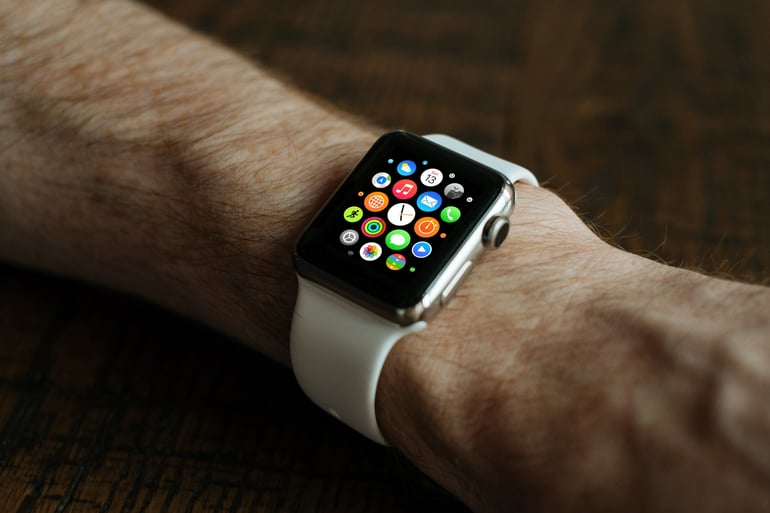We live in the age of mobile technology. Over 179 mobile applications are downloaded to devices every year, and this number is continually growing. In 2014, 399 million Facebook users were using the platform exclusively on a mobile app. with numbers like this, it's clear that mobile application development is not only the smart move for the enterprise, but essential in order to remain competitive in a mobile-driven market. We have identified five trends in the future of mobile applications development.
Enterprise Mobile Management
Enterprise Mobile Management (EMM) is a set of people, processes and technology using mobile computing to streamline businesses. In a blog from Maruti Tech, they say the main dimensions of EMM are:
- Security
- Application management
- Financial management
- Mobile device management
- Mobile application management
- Application wrapping
- Containerization
As well as many others. "EMM represents the future evolution and convergence of several mobile management, security, and support technologies," Maruti Tech said.
Want a free mobile app for your next event? Click here.
Innovative Mobile User Experience Design
Displaying content effectively and creatively is what keeps a user engaged and coming back. A good user experience is crucial for your business' app to succeed. Instagram and Wunderlist are examples of developing new intuitive designs.
Designers are also creating apps that can accommodate mobile challenges, such as partial user attention and interruption. Apps should exploit technologies with novel features such as interactive content layers, circular design pattern, cards and manipulation of content. These features create an “augmented reality” by allowing the users to interact with the content in further detail.
-Maruti Tech
Wearable Devices
The future of mobile applications could lie on our wrists, rather than in our pockets. According to an IDC study, 101.9 million wearable devices were shipped in 2016. That's a 29 percent increase from 2015.
According to Maruti Tech, "Smart wearables like the Apple Watch and Microsoft’s Hololens shows an upcoming change in computing and the transition from basic to smart wearables. This opens up new opportunities for vendors, app developers, and accessory makers. The smart phone will become the hub of a personal-area network."
M-Commerce
Mobile purchases are becoming more and more common as programs such as Apple Pay and Google Wallet grow in popularity. With Apple Pay and similar programs, a debit card or credit card is replaced within mobile phones, allowing for secure and easy purchases. Mobile applications that take advantage of this technology will certainly have the edge in 2017.
Motion and Location Sensing
Maruti Tech's blog says, "Motion sensing apps are used in security, anti-theft, power-saving and games. Location sensing is useful in Geotagging, Games, Vehicle navigation, and fitness apps. Apps exploiting precise indoor location currently use technologies such as Wi-Fi, imaging, ultrasonic beacons, and geomagnetic."
Location sensing can help businesses with foot traffic as well as enable personalized services or information sharing.
Want more information? Talk to one of our experts:

















